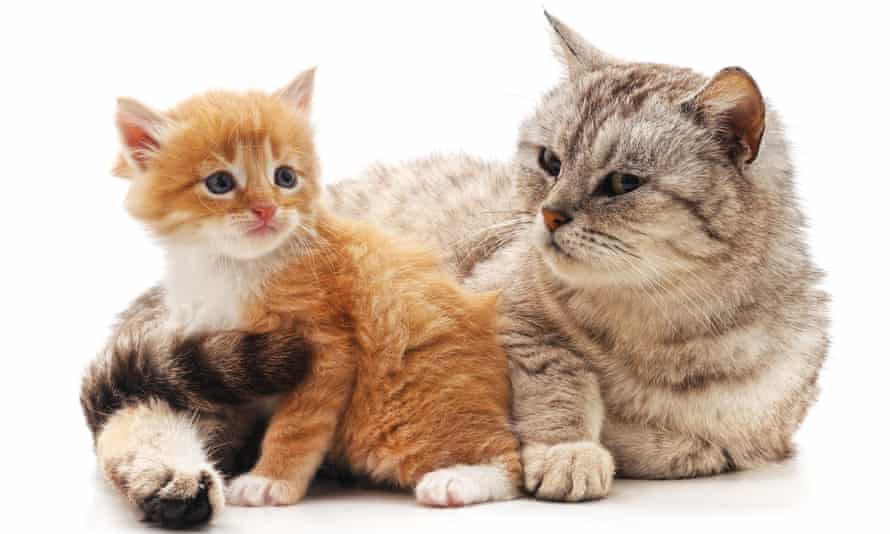Research by the American Pet Products Association says that there are 94 million pet cats and 90 million dogs that are pets.
It is relatively easy to see why. Felines are passionate and committed to keeping themselves and their quarters clean.
Unlike canines that require long walks daily, cats are content sitting around looking around. They are also independent which means you can leave them alone for long hours without feeling guilty about it.
No matter how much you know your kitty, we bet there’s a lot more you don’t know about her.
Here, we have listed 20 amazing female cat facts.
- An unspayed female cat is referred to as a queen especially when you are talking about the concept of cat breeding. The term is derived from the English cwen which refers to an honored woman, female ruler, or wife. English breeders began it as a joke but it soon caught on.

- If left alone, a queen can reproduce an average of three litters in a year. The mean size of one litter is four kittens. In a lifetime, a queen can give birth to anything between 50 and 150 kittens.
- A cat can go into estrus every 2-3 weeks from spring well into early fall. Learn more here: How to Tell If Cat Mating Was Successful
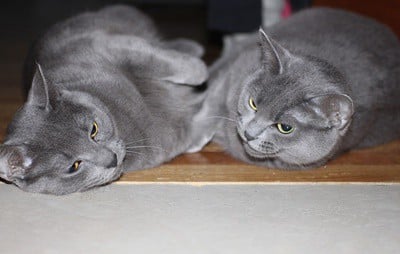
- A kitty’s gestational cycle lasts approximately 63-65 days. This means that if a queen conceives at four months, she will give birth to her first litter at six months old. This is practically a baby. Unless you are an experienced breeder, your kitty has no business giving birth at this time. Spay!
- In a decade, a queen can produce 49,000 kittens. If you are wondering why there are millions of homeless and feral cats, there’s your answer. Spaying and neutering will help bring the numbers down.
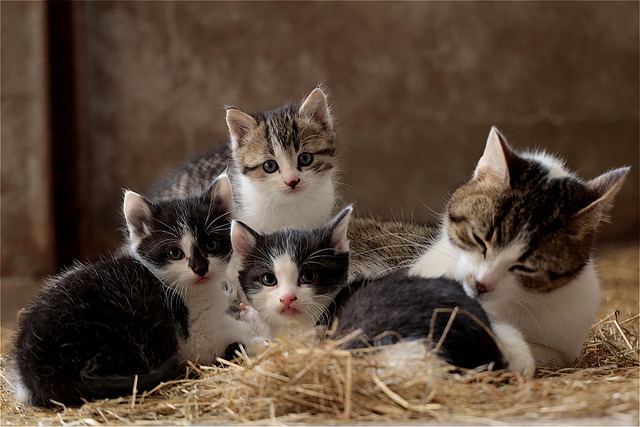
- Female cats tend to be antisocial and aloof compared to their male counterparts. Granted, females love to cuddle and ask for head massages, but males are friendlier and easy-going. Females will hang with you but they will soon retrieve to their hiding spots. This is more of a generalization but it is a reality in most kitties.
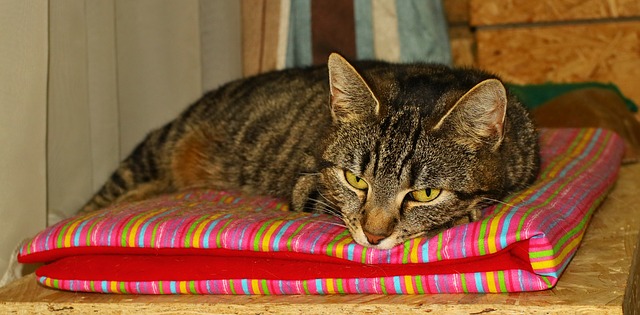
Related Posts:
- Female cats eat their babies sometimes. Relax, they do that when they give birth to stillborn or kittens that die after birth. They eat the dead to protect the rest from predators as well as get additional nutrients for the surviving kittens. It is a normal thing in the wild.
- Female cats are right-pawed. This is according to a study published in Animal Behavior. In the study, psychologists tested 42 cats (half male and half female) and discovered that a kitty’s dominant paw is related to gender. In case you are wondering, male cats are left-pawed.
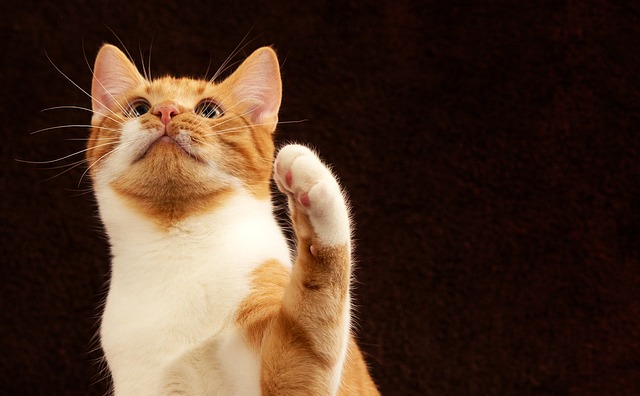
- Female cats can go into heat and carry the young at only four months of age. This is in sharp contrast to males who reach sexual maturity at 9-12 months old. If you are not looking to breed, spay your kitty before four months. You don’t want the situation of raising kittens when you are not ready to.
- A queen can mate with multiple toms (male cats) during her estrus cycle. This brings forth kittens with different fathers. They may have different coat and eye colors depending on the different daddy genes. It is a great thing to witness brothers and sisters that look so different from each other.
Related Post: How to Tell If Cat Mating Was Successful
- A female cat can get pregnant when nursing. For human beings, the likelihood of a woman getting pregnant while breastfeeding her young one is very low. It does happen but the chance is very low. Cats, on the other hand, operate normally and if the queen mates while nursing, she could get pregnant again.
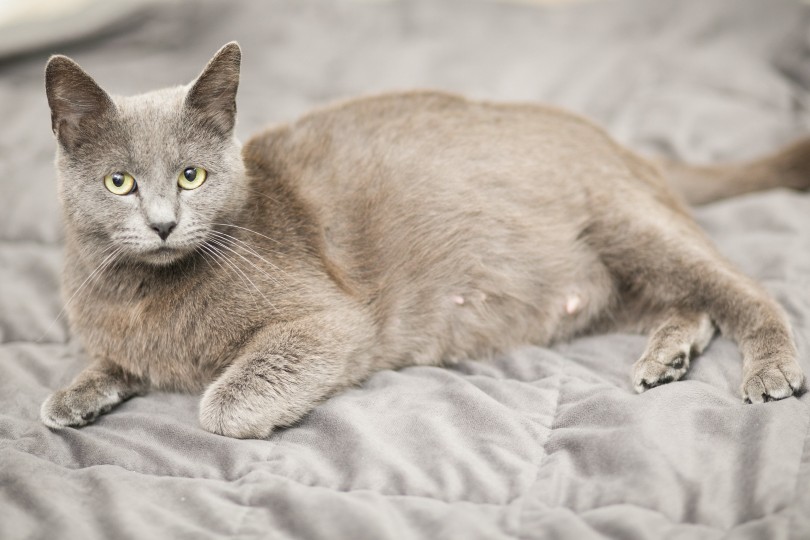
Related Posts:
- A pregnant queen can be spayed when pregnant depending on how far she is in her gestational period. Spaying a cat is essentially what humans term abortion. A cat that turns up pregnant when the owner was not anticipating it can choose to take this route. Like human abortions, some people are for the idea while others reject it completely.
- Momma cats stimulate their newborn kitties to defecate. From 0-3 weeks, kittens have underdeveloped GI systems. They cannot tell when they need to poop. The mother cat knows this and helps stimulate stool passing by licking the kitten’s nether regions until the kitten does her thing.
Related Post: How to Stimulate a Kitten to Go to the Bathroom
- A cat can reject her own kitten. After giving birth to several kittens, it is not uncommon for a mother cat to ignore one or two babies in the litter. She will not bother playing with the kitten, grooming her, and even nursing her. As the human owner, you will need to step up and save the day.
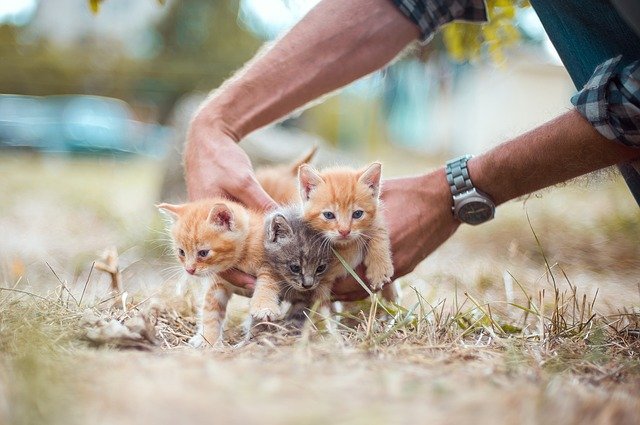
- A queen may or may not have a discharge during her heat cycle. If she does have a discharge, it can be bloody or not. This means it can be hard to know when your furball is one heat by the way of a bloody discharge.
- Female cats stay close to home compared to male cats who roam around. Even after being spayed, toms love taking a look around.
- During estrus, female cats vocalize loudly to attract males or find a way to go to them. This can be very stressful for any first-time pet parent.
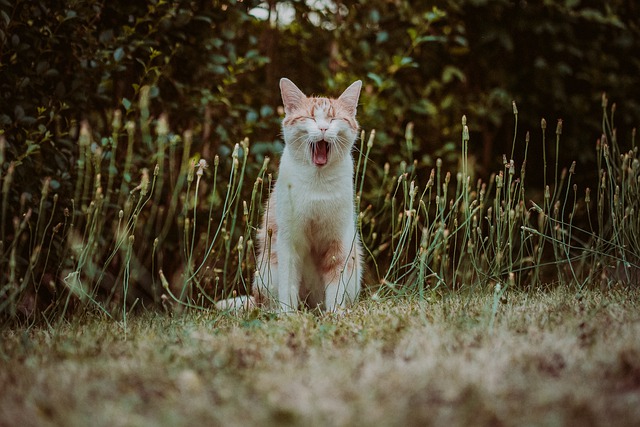
Related Posts:
- Feline ovulation is stimulated by the male cat’s penis. The tom’s penis is intentionally barbed to stimulate ovulation on its way out of the queen’s vulva.
- A queen is most fertile between 1.5 years and 8 years. After that, fertility takes a dip but the kitty can still reproduce.
- Female cats are seasonal breeders, meaning they go into heat during certain months of the year. This often begins in spring and ends in late fall when the day is shorter than the night. Now you know why litters are often seen in April through September.
A cat is as mysterious as they come. You can never really figure out your kitty in her entirety. These are just some of the amazing things that can help her a little less mysterious and more fascinating.
Related Posts:
6 Facts You Probably Didn’t Know About the Yule Cat (Iceland Christmas Cat)

Hi! I am Eleanor Price. I started this website after my cat, Louie, almost died from a case of botulism (a type of food poisoning often caused by bacteria that grow on food items). Turned out that my cat’s diet was the problem. I have made it my duty to provide the best information and recommendations about everything cat lovers need to know about their felines’ health and wellbeing. My goal is to find the most informative content on anything feline-related and share it with fellow hardworking kitty lovers.

